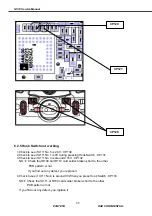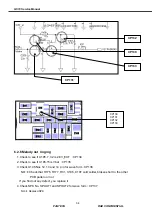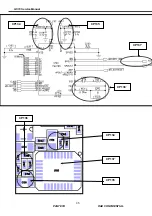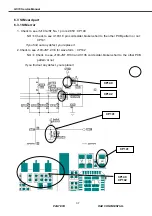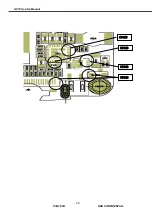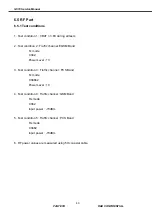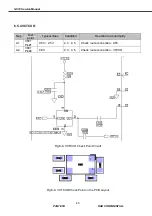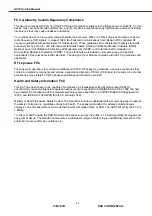
G510 Service Manual
PANTECH
R&D
CONFIDENTIAL
47
FCC & Industry Canada Regulatory Compliance
This device complies with Part 15 of the FCC Rules. Operation is subject to the following two conditions: (1) this
device may not cause harmful interference, and (2) this device must accept any interference received, including
interference that may cause undesired operation.
Your mobile device is a low power radio transmitter and receiver. When it is ON, it receives and also sends out
radio frequency (RF) signals. In August 1996, the Federal Communications Commission (FCC) adopted RF
exposure guidelines with safety levels for mobile device. Those guidelines are consistent with safety standards
previously set by both U.S. and international standards bodies: American National Standard Institute (ANSI),
National Council of Radiation Protection and Measurements (NCRP), and International Commission on
Non-Ionizing Radiation Protection (ICNRP). Those standards were based on comprehensive and periodic
evaluations of the relevant scientific literature. The design of your Module complies with the FCC guidelines and
applicable
RF exposure FCC
For body worn operation, to maintain compliance with FCC RF exposure guidelines, use only accessories that
contain no metallic components and provide a separation distance of 15mm (0.6 inches) to the body. Use of other
accessories may violate FCC RF exposure guidelines and should be avoided.
Health and Safety Information FCC
This EUT has been shown to be capable of compliance for localized specific absorption rate (SAR) for
uncontrolled environment/general population exposure limits specified in ANSI/IEEE Std. C95.1-1992 and had
been tested in accordance with the measurement procedures specified in FCC/OET Bulletin 65 Supplement C
(2001) and IEEE Std. 1528-200X (Draft 6.5, January 2002).
Ministry of Health (Canada), Safety Code 6. The standards include a substantial safety margin designed to assure
the safety of all persons, regardless of age and health. The exposure standard for wireless mobile phones
employs a unit of measurement known as the Specific Absorption Rate, or SAR. The SAR limit set by the FCC is
1.6W/kg *.
* In the U.S. and Canada, the SAR limit for mobile phones used by the public is 1.6 watts/kg (W/kg) averaged over
one gram of tissue. The standard incorporates a substantial margin of safety to give additional protection for the
public and to account for any variations in.

